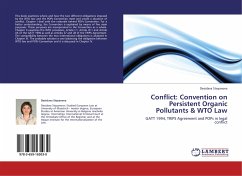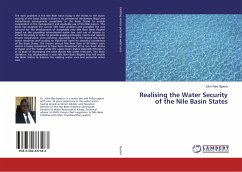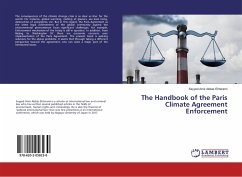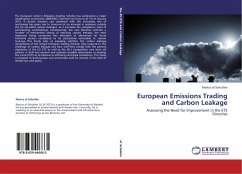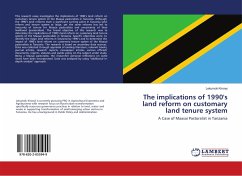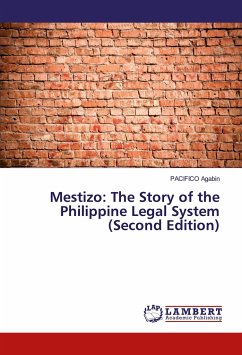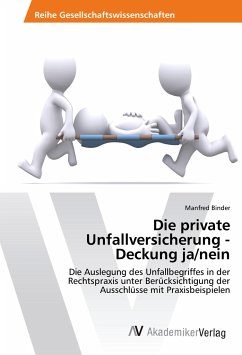
China's Water Pollutants Discharge Permit System
A Comparative Study
Versandkostenfrei!
Versandfertig in 6-10 Tagen
22,99 €
inkl. MwSt.

PAYBACK Punkte
11 °P sammeln!
In 2008, China enacted the Water Pollution Prevention and Control Law (WPPCL) in response to the severe water quality degradation associated with the rapid economic expansion. The law stipulates the Water Pollution Discharge Permit institution and uses the total effluent control and discharge allocation as its major strategies. The continued deterioration of China's water quality suggests that the WPPCL has not achieved its objectives. The Clean Water Act (CWA) and National Pollutants Discharge Elimination System (NPDES) have been operating in the USA since the early 1970s. The CWA/NPDES exper...
In 2008, China enacted the Water Pollution Prevention and Control Law (WPPCL) in response to the severe water quality degradation associated with the rapid economic expansion. The law stipulates the Water Pollution Discharge Permit institution and uses the total effluent control and discharge allocation as its major strategies. The continued deterioration of China's water quality suggests that the WPPCL has not achieved its objectives. The Clean Water Act (CWA) and National Pollutants Discharge Elimination System (NPDES) have been operating in the USA since the early 1970s. The CWA/NPDES experience offers a valuable example for China's water permit system. The author conducts a comparative study of the two systems from two vastly different countries and identifies the concepts and methods that are effective in the USA as a reference for the establishment of China's water permit system. Recommendations are made for improving the system.



